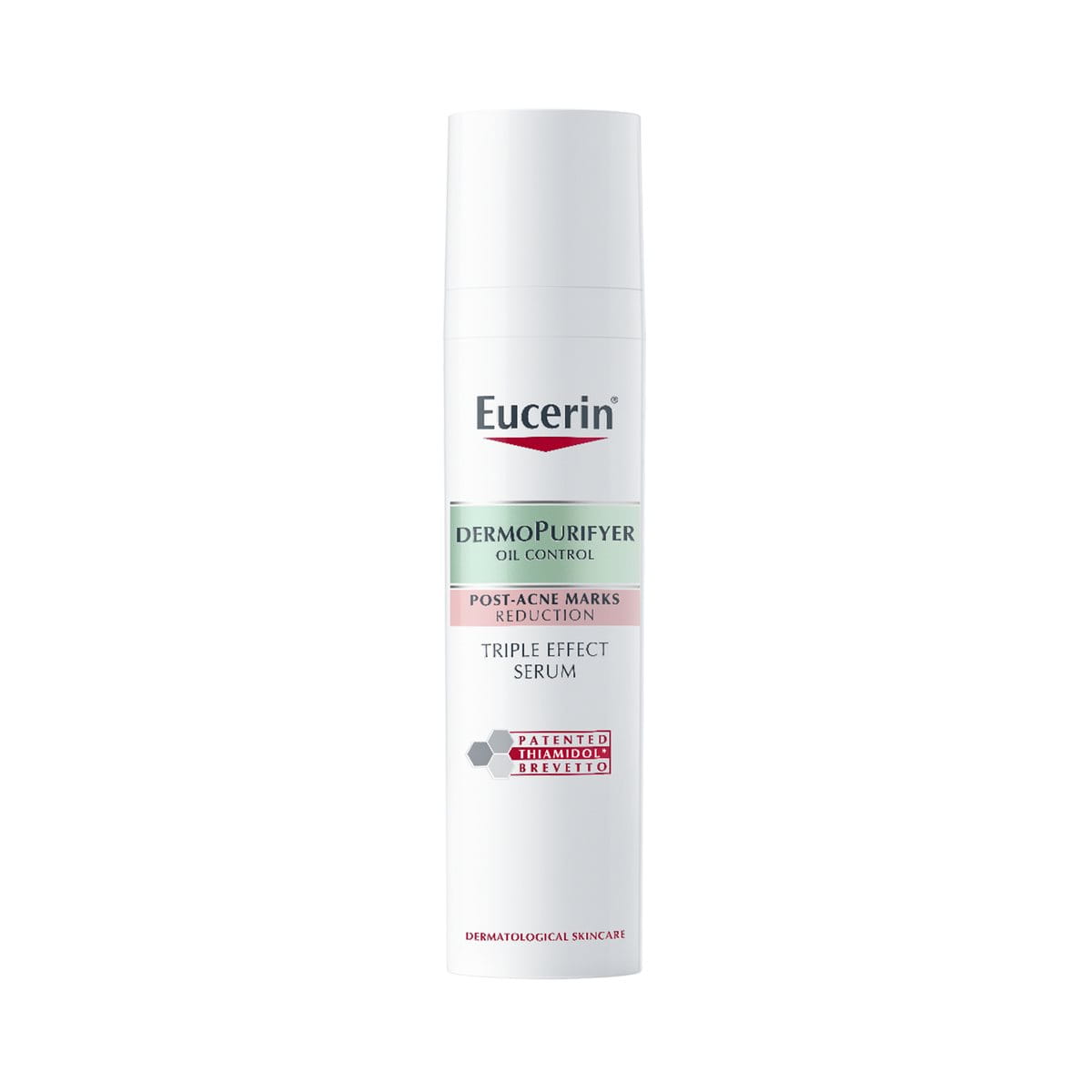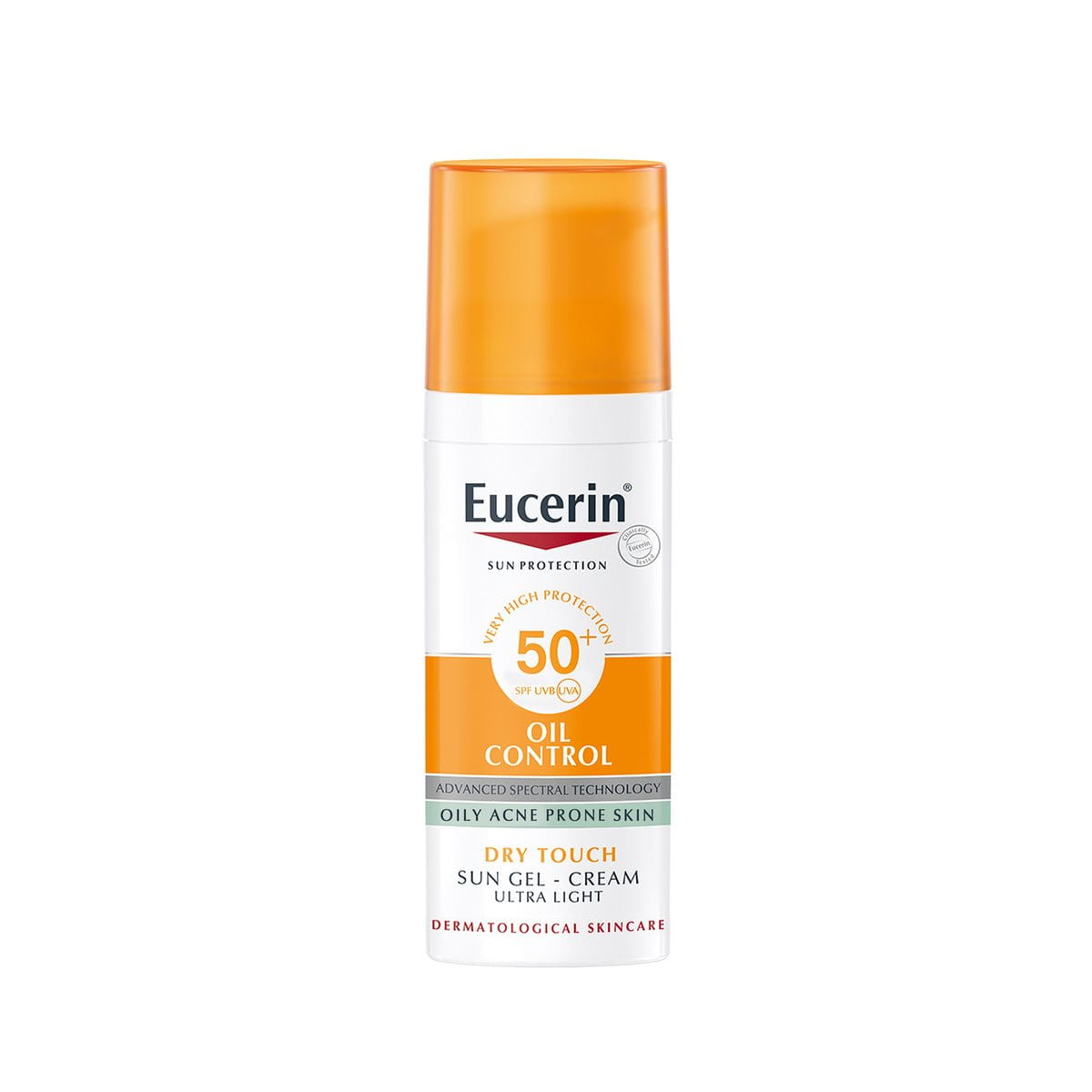If you’re looking for effective skincare that suits even sensitive skin, lactic acid is your answer. A part of the alpha hydroxy acid (AHA) family of exfoliants, lactic acid gently penetrates your skin to exfoliate and hydrate it all at once. So, if you’re trying to use lactic acid for skin care and get the best of its benefits, here’s all you need to know:
Keynotes:
- Lactic acid is one of the gentlest AHAs that exfoliates, hydrates, and supports your skin barrier.
- Ideal for sensitive and dry skin too, lactic acid benefits help reduce pigmentation, fine lines, and acne while promoting a smooth, radiant complexion.
- Start with low concentrations and use 1-3 times a week. Always patch test and follow up with sunscreen if used during the day.
- Lactic acid toners are another good way to incorporate the skin active into your regular regimen.





